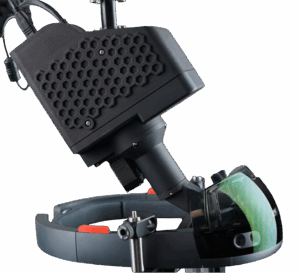
Gamma Scientific Launches the NED™ E-Series GazeCam™
Compact Imaging Camera Engineered for Human Factors Testing of AR/VR/MR June 5, 2025 – San Diego, CA – Gamma Scientific announces the launch of the NED™ E-Series GazeCam™, the imaging
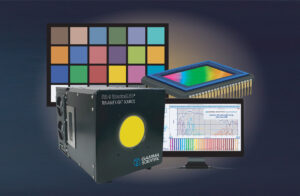
Gamma Scientific Launches SpectralLED® RS-9 Series
Uniform Tunable Light Source with Expanded Spectral Range in a Compact Design May 8, 2025 – San Diego, CA – Gamma Scientific, a global leader in optical metrology, announces the
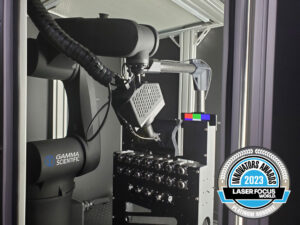
Gamma Scientific Wins Platinum in 2023 Laser Focus World Innovators Awards
San Diego, California, August 17, 2023 – Gamma Scientific, a global leader in optical metrology, announced today that its NED™ Rx-Series, the world’s first prescription testing solution for augmented reality

Wide Angle AR/VR Testing that Matches Human Eye Resolution
San Diego, California, May 18, 2023 – Gamma Scientific announced today the launch of their NED™ M-Series benchtop test systems for AR/VR Devices and Components. The latest M80 model offers
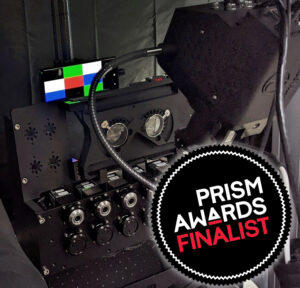
AR/VR Prescription Vision Tester by Gamma Scientific Selected as Prism Award Finalist in Testing and Measurement
San Diego, California, January 18, 2023 – Gamma Scientific announced today that its innovative new offering, NED™ Rx Tester, was chosen to be a 2023 SPIE Prism Awards Finalist in
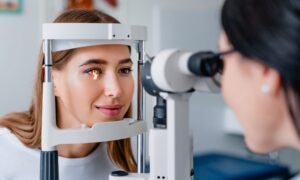
Considerations When Choosing Display Measurement Systems
There are a few considerations to make when choosing display measurement systems. Explore some of them here so that you can make an informed selection.

3 Benefits of Using a Tunable Light Source
Explore some of the various benefits of using a tunable light source. You might be surprised by how much this lighting option can do for your business.
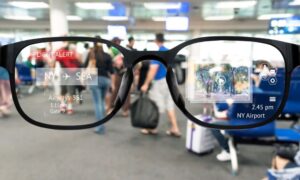
The Importance of Augmented Reality Display Testing
Join us in a brief exploration of the importance of virtual reality display testing. Discover how it continues to improve this incredible technology.
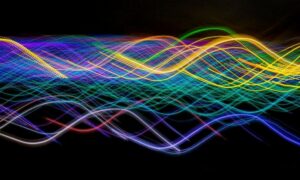
What Is Photonics and How Exactly Does It Work?
Explore what photonics is and how exactly it works to uncover how this fascinating science continues to revolutionize various industries across the board.

The Difference Between Luminance and Brightness
Photographers can benefit immensely from understanding the differences between luminance and brightness when it comes to light sources and photography.
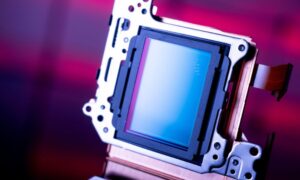
How Does an Image Sensor Work in Cameras?
Learn about how image sensors work in cameras. Moreover, discover why they’re important and the true benefits behind these tiny pieces of equipment.
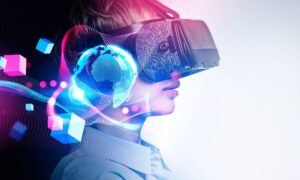
The Key Differences Between AR and VR
Explore the differences between AR and VR technology. Moreover, discover why understanding these distinctions contributes to AR and VR’s continued advancement.
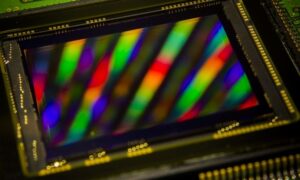
What Are Image Sensors and How We Use Them
Discover what image sensors are and how we use them in our everyday lives to uncover the incredible way they’ve revolutionized imaging technology.
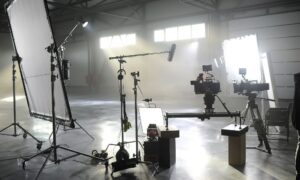
Cinematic Applications: LED Lighting for Modern Film Sets
LED lighting is playing a major role in modern filmmaking. Explore the cinematic applications of these lighting options and see what they’re doing for film.
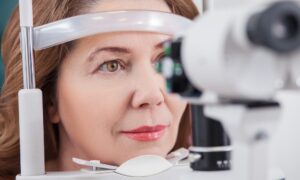
How Near-Eye Display Testing Replicates Human Vision and Why
Delve into how near-eye display testing is evolving to replicate human vision, why testers are trying to mimic human optics, and the challenges they’re facing.
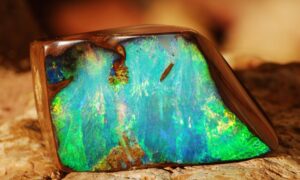
The Properties and Applications of Photonic Crystals
The properties and applications of photonic crystals are fascinating. Discover what these crystals are and all they can do in this brief guide.
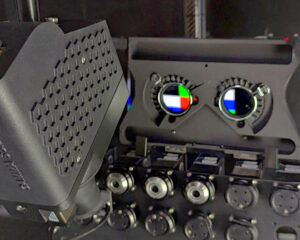
Gamma Scientific Launches Rx-Series Prescription Near Eye Display (NED) Measurement System at Display Week 2022
San Diego, California, May 4, 2022 ˗ Gamma Scientific announces its launch of the Rx-series near-eye display measurement system at Display Week 2022 (booth #1419). The Rx-series is specifically designed
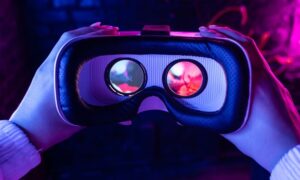
The Role of Display Measurement in Virtual Reality Headsets
VR technology continues to advance, and display measurement plays a major role. Explore this testing process and its contribution to a tech revolution.

The Technological Applications of Electromagnetic Waves
The technological applications of electromagnetic waves might surprise you. Discover how these waves have been weaving themselves into our lives for years.
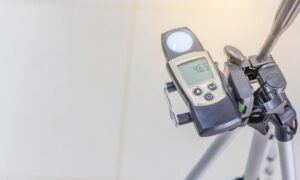
The Importance of Accuracy and Repeatability in Light Measurement
Delve into the importance of accuracy and repeatability in light measurement and discover how these characteristics help with product quality and safety.

Understanding Differential and Absolute Photometry
Understanding differential and absolute photometry can give you the tools you need to ensure that all your LED lights are functioning correctly.
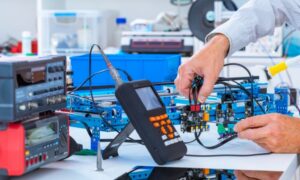
Maintaining and Calibrating Your Light Testing Equipment
Calibrating your light testing equipment is essential to accurate measurements. Read more about the maintenance process for these types of equipment here.
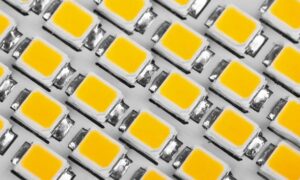
Understanding Constant Current and Constant Power Supply
Understanding constant current and constant power supply is key to your LED systems working efficiently. Sift through this quick overview to learn more.
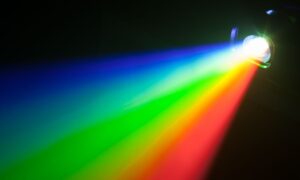
Light Transmission vs. Transmittance: What’s the Difference?
Learn about light transmission vs. transmittance, the key differences, and how they help calculate the various ways light travels through materials.

Electromagnetic Spectrum 101: X-Rays
When you think of X-rays, you probably imagine a picture of bones hanging up in a doctor’s office. But X-rays do more than tell you your arm is broken.
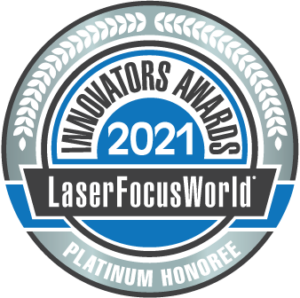
NED-LMD Waveguide Near-Eye Display Tester Honored by 2021 Laser Focus World Innovator Awards
October 5, 2021 – San Diego, CA – Gamma Scientific, a world-class solution provider of high-precision optical radiation testing, measurement, and calibration technologies and products announced today that its NED-LMD
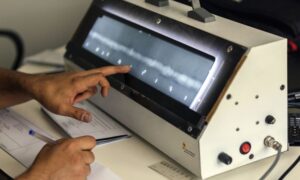
Electromagnetic Spectrum 101: Gamma Rays
Continuing on with the next installment of Electromagnetic Spectrum 101, today we’re going to be discussing some of the basics of gamma rays.

Proper Lighting in the Medical Field and Why It Matters
In a medical environment, it goes without saying that you want your doctor to see well. But this isn’t the only advantage to proper lighting.
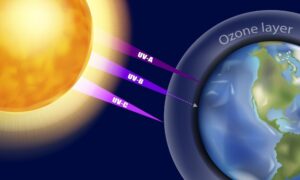
Electromagnetic Spectrum 101: Ultraviolet
We’ve all spent some time outside and come back in to notice that our skin has become noticeably darker. We accept it as part of life, but how does it happen?

Light Transmission in the Ocean and Other Bodies of Water
Understanding the behavior of rays of light as they pass through water can be instrumental in testing the capabilities of light equipment, marine or otherwise.
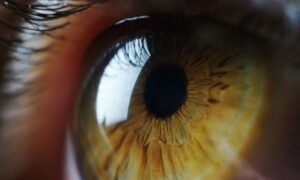
Electromagnetic Spectrum 101: The Visible Spectrum
After a brief sabbatical, Electromagnetic Spectrum 101 is back in session. We continue our series of closer—but not too close—looks at the spectrum of electromagnetic radiation with the middle of the continuum:

Electromagnetic Spectrum 101: Radio, Microwave, and Infrared
“Raging Martians Invaded Venus Using X-Ray Guns.” “Granddad Xavier Unfortunately Vomited In My Room.” Sounds like the premise of a science-fiction novel—along with something that could distract you while you’re
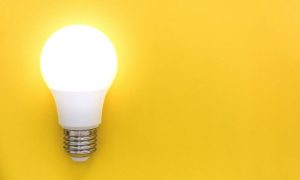
The Importance of Measuring LED Chromaticity
A light-emitting diode is more than a mechanism that simply turns on and off. Beyond simply emitting one kind of white light, LEDs have the capacity to shine in thousands
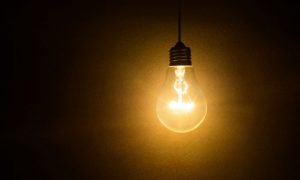
Why Vantablack is Able to Absorb 99.965% of Visible Light
Everyone knew the rockumentary-parody This Is Spinal Tap was a very funny movie. Nobody could have imagined the extent to which it would predict the future. Looking with bemusement over the all-black

Measuring Computer Monitor Brightness
In a world where screens are at our desks, in our pockets, and even in our beds, everyday civilians begin to take the specifications of those screens for granted. If
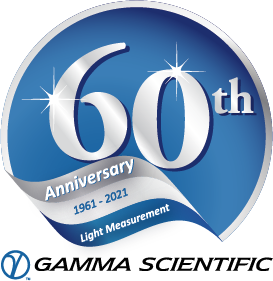
60 Years of Innovative Light Measurement Solutions from Gamma Scientific
June 10, 2021 – San Diego, CA – Gamma Scientific marks their 60th anniversary of providing innovative and accurate light measurement solutions. The founders’ vision was to furnish customers with
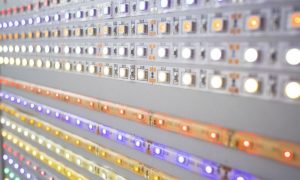
Angle Measurement in LED Testing
Thinking back to your third grade school supplies list, you may remember—among the familiar paper, pencils, and color-coded folders—a new tool: the protractor. This little half-circle stencil taught you some
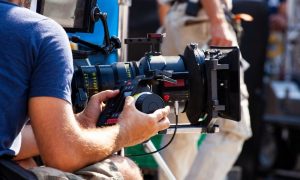
The Tools You Need To Be a Cinematographer
Each of the three primary forms of visual storytelling can be said to “belong” to different people. Live theatre, in a sense, belongs to its actors, who perform on stage
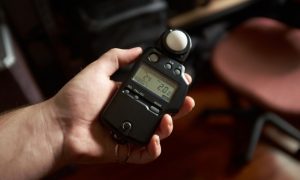
How Photographers Measure LED Brightness
How Photographers Measure LED Brightness The advent of LED lighting has been a boon to photographers and videographers who’ve toiled under the sweltering heat of incandescent studio lights. Light-emitting diodes
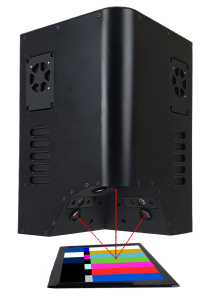
Simultaneous Viewing Angles with Integrated Flicker Sensor; GS-1163 Multi-Angle Spectrometer from Gamma Scientific
March 25, 2021 – San Diego, CA – Gamma Scientific announces the release of its new multi-angle display spectrometer, the GS-1163. This addition to the Vector display view angle color
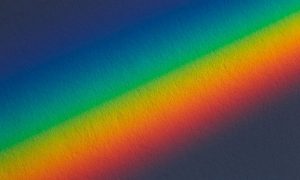
A Beginner’s Guide to Photometry
If you work with cameras, displays, or anything with a light source, you’ll probably be interested in measuring that light. This is known as photometry, from the Greek for “light” and

The Environmental Benefits of LED Lights
Everyone has to take care of the earth to make it a healthy habitat for future generations. This task may seem daunting, but the reality is quite simple. You don’t
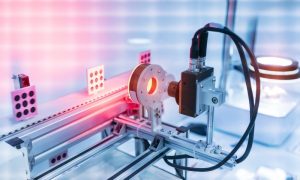
A Glossary of Laser Sensor Terminology
You probably come into contact with lasers more than you think. For example, lasers are commonly found in optical systems. At Gamma Scientific, for example, we do top-quality camera sensor calibration to
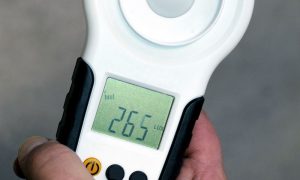
How Does an Optical Waveguide Work
The display measurement industry is full of high-tech gadgets. Devices like night vision goggles are gaining popularity in more industries. However, some lesser-known equipment is equally important. This article will
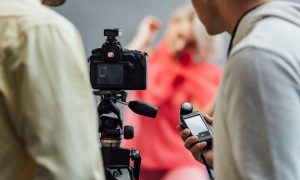
測光表的不同應用
攝影 也許測光表最常見的用途是在攝影中。 測光表通過確定光線如何影響圖像,幫助這些專家獲得完美的拍攝效果。 入射測光錶測量落在被攝體上的光線。 因此,這些更適合肖像攝影。 相反,反射測光錶測量從主體反射的光。 這種設備最常被風景攝影師使用。 反射式測光錶可幫助專業人士和業餘愛好者了解環境將如何影響他們想要拍攝的鏡頭品質。 牙科和醫療領域 之前的博客文章討論了光度計在牙科中的作用。 牙醫使用固化燈來製造填充蛀牙的模具。 如果沒有測光表,這些固化燈就不可能開發出來。 測光表確保治療燈具有頂級品質,並確保患者安全。 同樣,醫生也使用測光表。 醫生和外科醫生經常使用頭燈來執行必要的程式。 這些設備使用測光表進行測試,以確保它們盡可能清晰。 那些從事醫學界的人需要一些事情是光明的,這樣他們才能看到他們在治療病人時在做什麼。 這些只是測光表的兩種不同應用。 事實上,許多行業都使用這些工具來確定光線如何影響他們的工作。 但是,在專業人士將這種設備掌握在手中之前,這些測光錶必須接受 測光錶校準服務。 幸運的是,這就是Gamma Scientific的用武之地。 我們擁有60年的經驗,我們銷售當今市場上最好的測試設備。 安全是我們的首要任務,我們希望我們的製造商能夠獲得最準確的結果。 欲瞭解更多資訊,請立即與我們聯繫。

Different Applications of Light Meters
Photography Perhaps the most common use of light meters is in photography. Light meters help these experts get the perfect shot by determining how light will affect the image. Incident
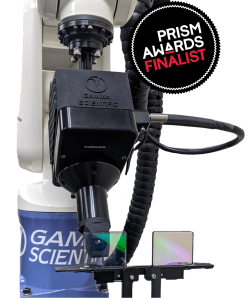
Prism Award Finalists in Vision Technology; NED-LMD Waveguide Tester for Complete Augmented/Mixed Reality Display Metrology
January 15, 2021 – San Diego, CA – Gamma Scientific announced today that its innovative new offering, NED-LMD Waveguide Tester, was chosen to be a 2021 SPIE Prism Awards Finalist
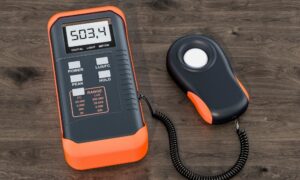
The Different Types of Light Measurement Instruments
We stare at screens all day long. Whether we’re watching TV or working on our computers, screens are part of our everyday life. However, not many of us understand the
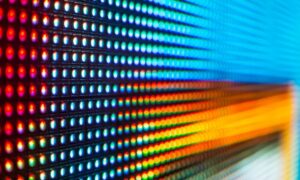
如何測量LED的強度
在之前的博客文章中,我們已經討論了汽車行業和牙科領域如何使用LED。 這些只是開始認識到這種照明優勢的兩個行業的例子。 由於LED越來越受歡迎,因此每個進入市場的燈泡都必須符合政府標準。 這件作品將向您展示如何測量LED的強度,以確保一切都是安全的。 發光強度 許多製造商使用發光強度方法測量LED。 從本質上講,發光強度測量特定光的波長。 發光強度是使用每個固體坎德拉的流明來測量的。 您應該知道,這種替代方案並不是收集LED強度的最簡單方法,因為整個過程必須是精確的。 光線距離光源不得超過十英尺。 此外,LED燈必須均勻分佈。 因此,由於一切都必須如此精確,因此您應該研究其他測量方法。 光通量 光通量是收集強度的最常用方法,因為該過程更簡單。 光通量是指光源發出的功率量。 同樣,光必須均勻分佈才能工作。 製造商通常使用 光測量儀 被稱為積分球來實現這一目標。 球體是確定總通量的完美形狀,因為它為光均勻分佈提供了最佳環境。 顏色 如何測量LED強度的另一步是確定顏色。 某些行業希望他們的LED比其他行業更豐富多彩。 因此,確定每個LED是否盡可能亮至關重要。 分銷商可以用來簡化此任務的一個工具是可調光源。 Gamma Scientific的SpectralLED可調諧光源可以為多個光源(包括LED)生成任意光譜。 因此,這些工具可以説明您瞭解顏色如何影響燈光的總功率。 LED 是未來。 這些燈比白熾燈泡更耐用,而且更亮。 因此,您必須付出很多努力,以確保每個擊中支架的LED都符合規範。

How to Measure the Intensity of LEDs
In previous blog posts, we’ve discussed how the automotive industry and the field of dentistry are using LEDs. These are just two examples of trades that are beginning to recognize

